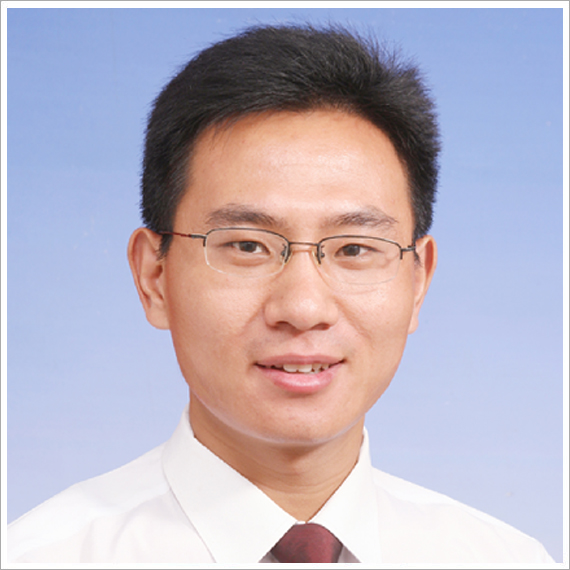
Jianfeng Lu
Assistant Scientist
- :+1-608-262-8969 Mobile: +1-608-692-8098
- DEPARTMENTDepartment of Neuroscience & Department of Neurology
School of Medicine and Public Health & Waisman Center
University of Wisconsin-Madison - COUNTRY USA

During more than ten years of clinical and biomedical study, I gradually focus my research area in Stem cells and Neurosciences, which I treat as an important and essential component for Regeneration Medicine.
As for the Stem cells part, I am interested in generation of pluripotent stem cells (iPSCs), generation of induced neural stem cells (iNP/iNSC) (See Lu et al., 2013. Cell Reports) and generation of induced precursors of some neuronal subtypes, such as serotonin neuron precursors (i5-HTP); And at the same time, I am trying my best to uncover the mechanism behind the phenomenon. I took charge in the iPSC core at Waisman center in University of Wisconsin-Madison in 2011 and played the role as one of the advisors of iPSC Service in 2012, in which we generated more than 28 iPSC cell lines from different patients, such as Down Syndrome (DS) (See Weick et al., 2013. PNAS), Spinal Muscular Atrophy (SMA) and Rett Syndrome (RS). We use patients’ iPSC derived neurons or glial cells to compare with the wild type target cells, and then find the differences in phenotypes and functions. With some compounds treatment or genetic modification, we could rescue some important phenotypes in the in vitro system, which potentially could help the discovery of new targets to treat the patients and the screening of new drugs for therapy. We really hope via this approach, we could find some efficient ways to treat the patients with neural degeneration diseases.
As for the Neurosciences part, I am interested in neural differentiation and specification. I did some research on mouse embryonic stem cells and its neural differentiation. Through As for the Neurosciences part, I am interested in neural differentiation and specification. I did some research on mouse embryonic stem cells and its neural differentiation. Through experiments, we found that retinoic acid (RA) could promote neural lineage entry by ESCs in adherent monolayer culture systems and this effect depends on RA signaling and its crosstalk with the ERK and Wnt pathways (See Lu et al., 2009. BMC Cell Biology). Recently, we use human pluripotent stem cells (PSC) to generate many subtypes of neurons and glial cells. Beside the phenotype comparison between normal persons and patients which are mentioned above, we also use these PSC-derived- neurons or glial cells to transplant into the animal models to see the cell-therapy effects, especially for some cell-type deficient neural diseases, such as Parkinson’s disease (PD) (See Emborg et al., 2013. Cell Reports).
I am still learning from others and the work. I hope one day I could really bring some useful information to those patients and help them to relief from pain.

Assistant Scientist